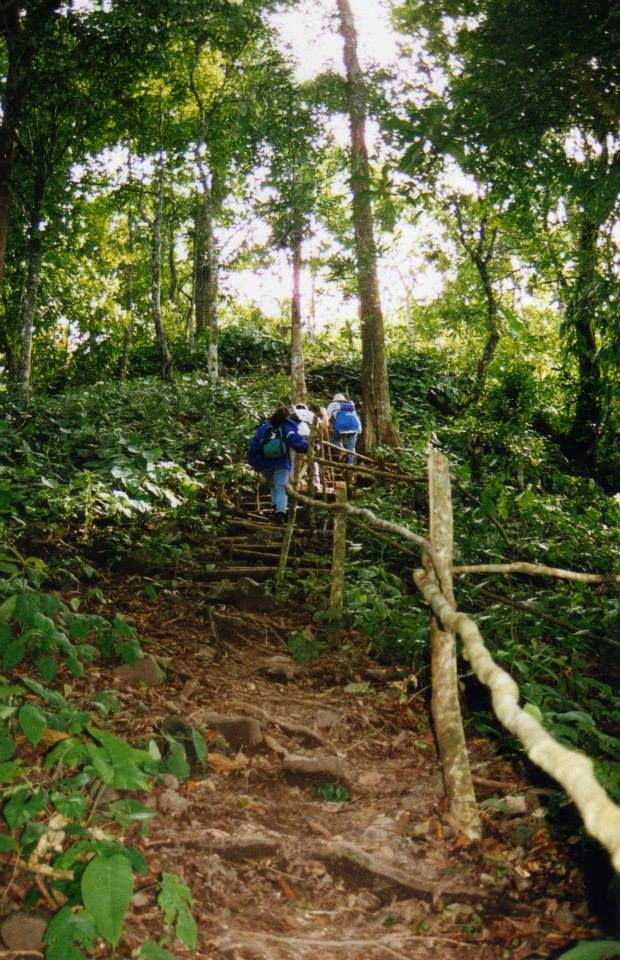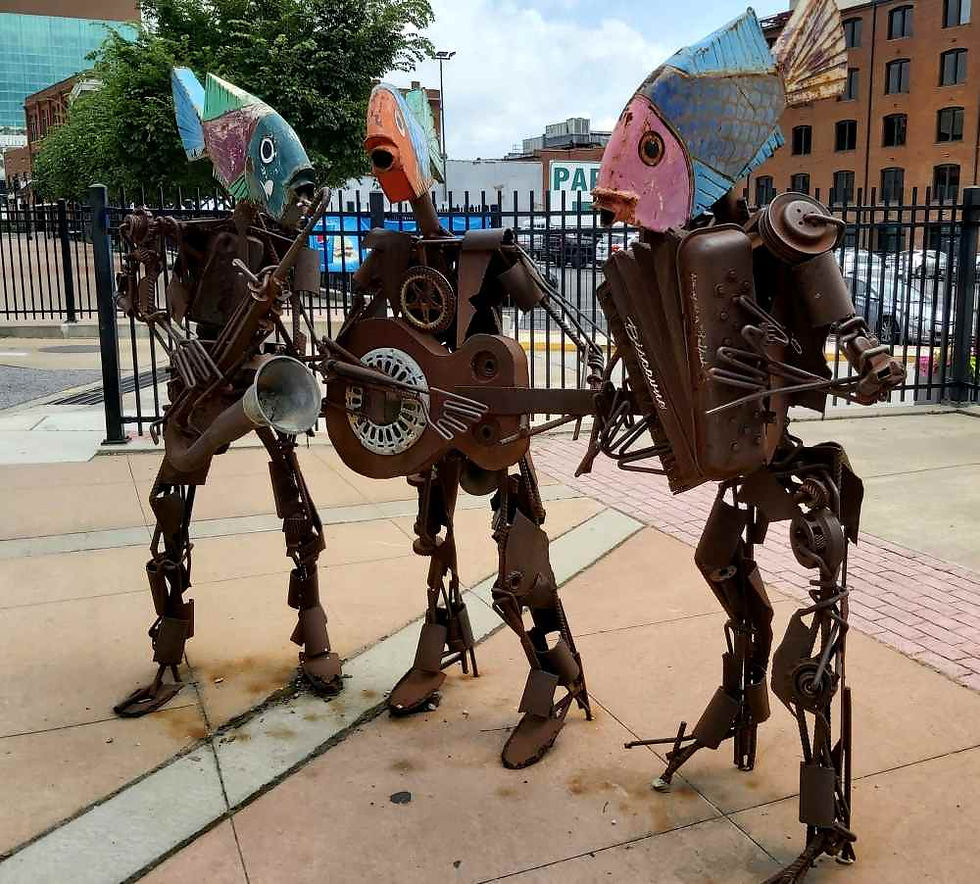Malaysia: Rafflesia, Kinabalu Park, Sabah
- Matthew P G

- Mar 1, 2023
- 3 min read

jungle trek

Rafflesia. February 1997
We were actually staying at the swank 5-star Tanjung Aru Resort when we visited Kota Kinabalu. The city itself was not as charming as Kuching, however the nearby beach was actually quite nice. There is not a lot to do in and around Kota Kinabalu except visit the beach and, of course, stand in awe of Mount Kinabalu - the highest mountain in all of Southeast Asia, which is located on the mostly non-mountainous island of Borneo.
Mount Kinabalu is the highest mountain in Borneo and Malaysia. With an elevation of 4,095 m, it is third-highest peak of an island on Earth, and 20th most prominent mountain in the world by topographic prominence. The mountain is located in Ranau district, West Coast Division of Sabah, Malaysia. It is protected as Kinabalu Park, a World Heritage Site.
After arriving at the hotel and getting settled we looked into visiting that mountain which absolutely dominated the skyline, even from the beach. Unfortunately, the best possible way to climb to the summit (actually not that difficult) was to stay in a rustic cabin at the base camp and then walk up early in the morning before the clouds rolled in. Since we had already paid for our swank hotel, we were loathe to give up the room for a night, so we decided to go on a lesser tour (with some disappointment). We would drive very far up the flank of the mountain and into the national park surrounding the peak. There we would take a nature walk in search of the famous "Rafflesia" flower.
The plant has no stems, leaves or roots. It is a holoparasite of vines in the genus Tetrastigma (a plant in the Vitaceae, the grape vine family), spreading its absorptive organ, the haustorium, inside the tissue of the vine. The only part of the plant that can be seen outside the host vine is the five-petalled flower. In some species, such as Rafflesia arnoldii, the flower may be over 100 centimeters in diameter, and weigh up to 10 kilograms. A Rafflesia that flowered in West Sumatra in 2019 was measured to be almost 120 cm in diameter, the largest flower ever recorded. Even one of the smallest species, R. baletei, has 12 cm diameter flowers. The flowers look and smell like rotting flesh. The foul odor attracts insects such as carrion flies, which transport pollen from male to female flowers.
(Wikipedia)
Those flowers were one of the "must-see" experiences of Southeast Asia and our prior trips to Sumatra had never yielded a viewing. The tour operator promised that we would see "more than one" so we were excited about our chance to see the famous "largest flower in the world".
We joined a typical tour with a few other guests from the hotel. We woke early and drove across a very unremarkable Kota Kinabalu. On the other side of the city the van passed through endless small farms slowly gaining altitude until we hit the national park. By then we were in the rainforest. We caught glimpses of the peak of Kinabalu, but as it turns out, it was a fairly cloudy day, so had we opted to overnight and go to the summit, we would have been disappointed. We parked and took the usual "stamping tour" through the jungle that basically guaranteed no chance of viewing any wildlife because of the noise created by a group of people crashing through the underbrush. At least, we were checking something big off our Southeast Asian list (and a giant flower couldn't run away).
When we found the flower it was very large but not of the "ginormous" variety that existed in Sumatra. Nonetheless, it was a Rafflesia and, yes, it did stink -although not overpoweringly so. The petals looked almost leathery. This "flower" was not beautiful at all, and it appeared striking in that ONLY the flower was visible, flat on the ground like a plate. What an odd plant that only produced a visible flower with the rest being underground.
We finished our little jungle trek with a stop off at the base camp for Mt Kinabalu. The sky was solidly cloudy and I felt sorry for people climbing. There was actually a chain along the exposed pathway (some of the climb was on barren rock) because in the past climbers had become disoriented and "lost". I am not sure how satisfied I would have been to walk along a chain to a predetermined spot and be told "this is the peak of Mt Kinabalu" if I could see nothing but thick white fog.
We returned to the white sand and blue sea of Tanjung Aru. The mountain had cleared off again by then and provided a lovely backdrop for the rest of our stay.
Maybe our choice ended up being the best after all.



Comments